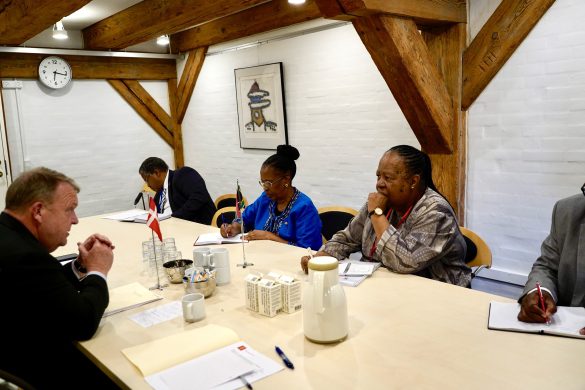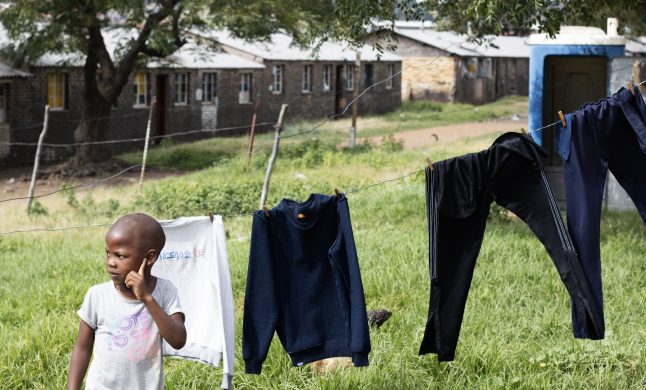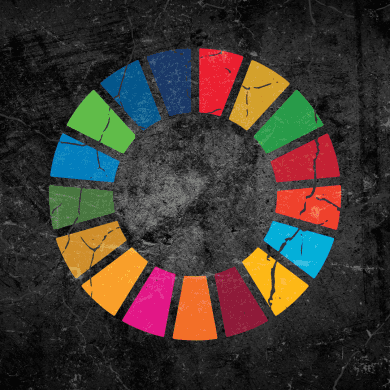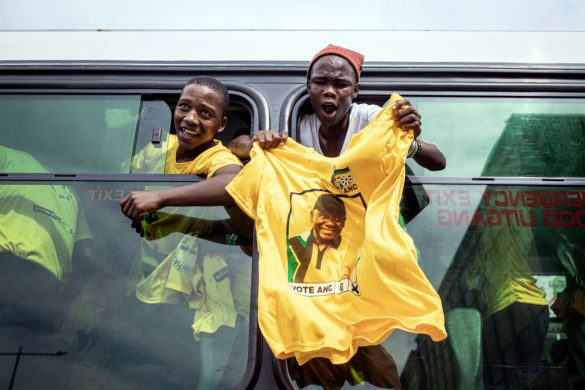Kommentar af Jan Øberg og Ida Zidore
En ny rapport om medierne konkluderer forventeligt, at der skrives mere om krig end om fred. Men hvad er fred egentlig? Og hvornår eksisterer der en tilstand af fred?
A new report by Media Tenor and the Institute for Economics and Peace shows that violence still outrules peace in the international TV media. Yet, certain aspects of the study are questionable – how to measure peace quantitatively?
We all have a feeling of what peace is. Yet, defining it more precisely is not so easy.
It belongs to the category that philosophers have called ‘essentially contested concepts’ – also used about freedom, justice and, say, democracy.
Being somehow elusive, perhaps the best we can hope to achieve is intelligent discussions about how to approach peace, rather than defining it precisely.
There are those who jump the philosophy, conceptuality and definitions and go directly to quantifying peace.
By means of some “indicators” readily available in data bases they put together a composite measure that enables them to rank-order countries. Developing such hit lists – for happiness, development, corruption, etc.- has become a kind of industry in recent years.
The Global Peace Index
The Global Peace Index, GPI, produced by the Institute for Economics & Peace is an example of that approach.
Its mission is expressed as “Quantifying Peace and its Benefits” and it newly published a comprehensive report, Measuring Peace in the Media 2011, which is “an analysis of global TV networks coverage of peace and violence issues using a fact-based approach which compares various measures from the Global Peace Index against Media Tenor’s database of global media.”
The aim of the study is “to better understand the texture of new coverage and its accuracy.
This was achieved by analysing Media Tenor’s extensive database consisting of 164.000 news items. These news items have been compiled from 31 news and current affairs programs that air on four continents.
The data was further analysed and broken down by country coverage with news stories from 101 different countries. The aggregated (samlede) country data was then compared to the Global Peace Index (GPI) so as to rate the accuracy of the coverage.”
This is a very valuable and much needed research endeavour.
Many of us working in the field of peace – research, activism, journalism or otherwise – have long felt that the media are interested in violence to the point of obsession, while ignoring to a large extent news, events and trends that point in the direction of peace and, hence, offer citizens hope.
Typically, journalists do not turn up at a hot spot while a conflict is unfolding but they gather there once violence has been introduced.
Thus, we have too much war reporting and too little conflict journalism. And as soon as there is a cease-fire agreement of some publicized peace accord, whether real or fake, they leave for another war theatre.
Key findings of the study
• The only two networks which were either 50 per cent accurate or more were SABC News @ One and ABC World News with 56 per cent and 50 per cent accuracy, respectively.
• War, conflict and violence are the most widely covered events.
• The number violence reports aligned in direct proportion to the actual level of violence on the country being reported.
• The Arab Spring countries saw a rise in the number of reports, especially on topics such as ‘the functioning of government’ as well as war and violence.
• Based on the Structures of Peace taxonomy, critical topics such as the ‘Distribution of Resources’ received almost no coverage.
• On average, the number of negative reports far exceeds news reports which are positive in tone.
• Countries which have most declined in peacefulness received approximately thirteen times the level of coverage than countries which have most improved in peacefulness.
• Consistent with the data and observations, relatively peaceful countries tend to receive the majority of their international coverage due to exceptional violence or disaster related news stories.
It is a delight, of course, to see these conclusions supporting what has been known intuitively for years.
Some of us have referred repeatedly to the MIMAC – the Military-Industrial-MEDIA-Academic Complex to emphasize that media, grosso modo, are closer to war and war preparations than to peace, indeed that there are direct links between them.
This is illustrated for instance by military corporations being large shareholders in privately-run media or the access the military has – in comparison to other expertise – to their prime time media in virtually all countries.
Reasons to be critical
Læs videre på
New media report confirms violence to be much more important than peace
————
Jan Øberg (61) er internationalt kendt som en fremtrædende freds- og fremtidsforsker. Han stiftede i 1986 sammen med sin svenske kone, Christina Spänner, den uafhængige tænketank TFF (Transnational Foundation for Peace and Future Research), som han nu er direktør for. TFF er hjemmehørende i Lund i Skåne.
Ida Zidore (26) er Associate i TFF, medlem af U-landsnyt.dks redaktion og MA i “Journalism and Media – War and Conflict Specialism” fra britiske Swansea University. Hun har skrevet speciale om”Beyond the Enemy – North Korea and Iran in Western Newspapers”, som især er en analyse af mediernes fremstilling af Nordkorea og Iran.
————-
Indlægget er stillet til rådighed for U-landsnyt.dk af forfatterne.














